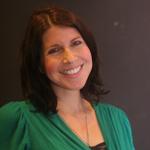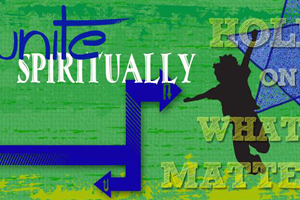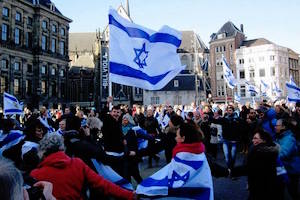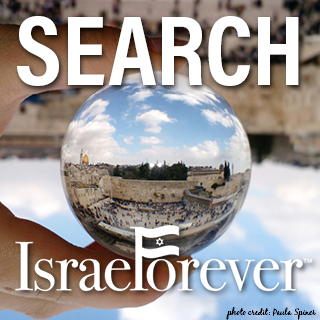Jerusalem Still Open: The Open House Festival
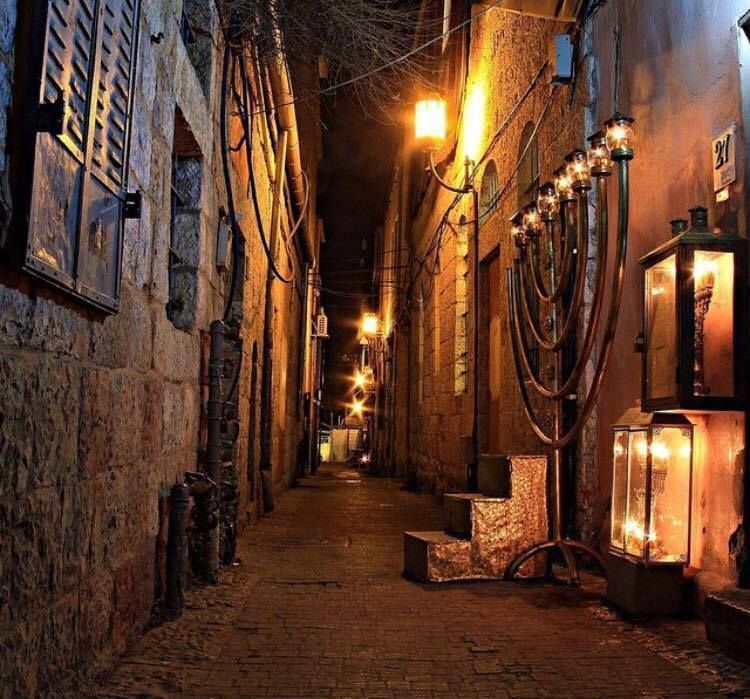
Despite the terrorism and fear, many Jerusalemites refuse to be locked up in their homes. They go out for work. They go out for errands. And they even go out for fun.
And Jerusalem herself, refuses to turn out her lights. Whether it is the beauty of her Jerusalem stones reflecting light in the early morning hours, or the way the city shines at night with the light and noise of cafes, bars, the shuffle of feet on the cobblestone, the ring of the light rail or the horns of angry drivers who are in a hurry to get somewhere or nowhere at all.
Somehow in between all this chaos, I found myself at one of Jerusalem’s premiere cultural events, the Jerusalem Open House. The festival, that took place from October 22-24, celebrates the countless architectural hidden treasures that makes this city ancient and modern at the same time. It is an opportunity for tourists and residents alike to experience everything the city has to offer, from historical structures to urban villas, religious compounds, plazas, gardens and even construction. You can explore on your own, or go on a tour with a guide who may be a historian or architect, sharing their knowledge and passion.
This year the opening event took place at the famed Anna Ticho House. One of the first homes built outside the old city wall, in 1924 Dr. Avraham Albert and his wife Anna bought the home to house his eye clinic, until his death in 1960. Anna, an artist, served as her husband’s assistant, as well as taking time to paint the landscape and drawing the Jerusalem hills. Using different media over the years, these remained the chief subjects of her work. Anna continued to work and live in their home until her own death in 1980. That year she also received the Israel Prize, among many honorary titles and awards for her art.
As a token of her love for Jerusalem, she gave her home, the collections and the library to the people of the city, to serve as a public center for art. The home became a museum and dairy restaurant, popular and delicious. However, after construction of new apartment buildings began, the restaurant’s outdoor space of luscious gardens, was walled in. It seemed as though the home, museum and restaurant would be forced to close its doors.
But, like all historical beauty, especially in Jerusalem, home to ancient and modern structures, the house was given a makeover. Even though the buildings now tower over the small home, the open space feels fresher than ever. The exterior remains the same, yet the inside is full of new life, from the exhibition downstairs to the remodeled restaurant, romantic and airy. And the opening night, of delicious food and wine, made guests feel once again at home.
Attending the opening night of such a unique festival, in this unique home, once again brought light to the city in these dark times. Standing in the garden, eating a tiny hamburger and fancy falafel ball (with a fork), I could enjoy my dining, my company, my wine, and forgot for a moment that we are in some of the hardest times Israel has seen.
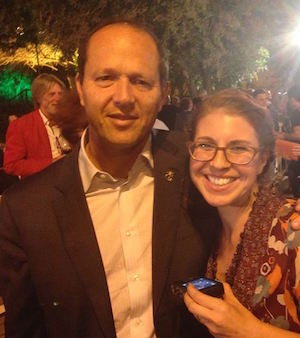
Israel Forever's Molly Livingstone at Open House Jerusalem with Nir Barkat, Mayor of Jerusalem
And when I bumped into the Mayor of Jerusalem, Nir Barkat, he was happy to speak about the festival in a video. He wanted to reaffirm the city of Jerusalem as a cultural hub, encouraging residents and tourists to come out and celebrate with him, as message to terrorists that, “we will not be frightened. We will continue to enjoy Jerusalem.”
In fact, enjoying Jerusalem is becoming easier and easier, with the city’s tourism making its mark on the world. Just this past week, the city enjoyed two achievements in the industry, with a Condé Nast Traveler Reader’s Choice awarded to the new luxury hotel, The Waldorf Astoria, winning 7th place in the world for top hotels
TripAdvisor released its annual Travelers Choice Award for the Top 25 Museums in the World. Yad Vashem, the Holocaust memorial museum, was elected to this coveted list.
Between the festivals, the food, the hotels and museums, there has never been a better time to come see Jerusalem for yourself.
WATCH this message from Mayor of Jerusalem, Nir Barkat
Recommended:
RISE ABOVE OUR DIFFERENCES AND UNITE FOR ISRAEL
No matter where you live in the world, you can still Show Israelis You Care about our land, our history and our people!
About the Author
